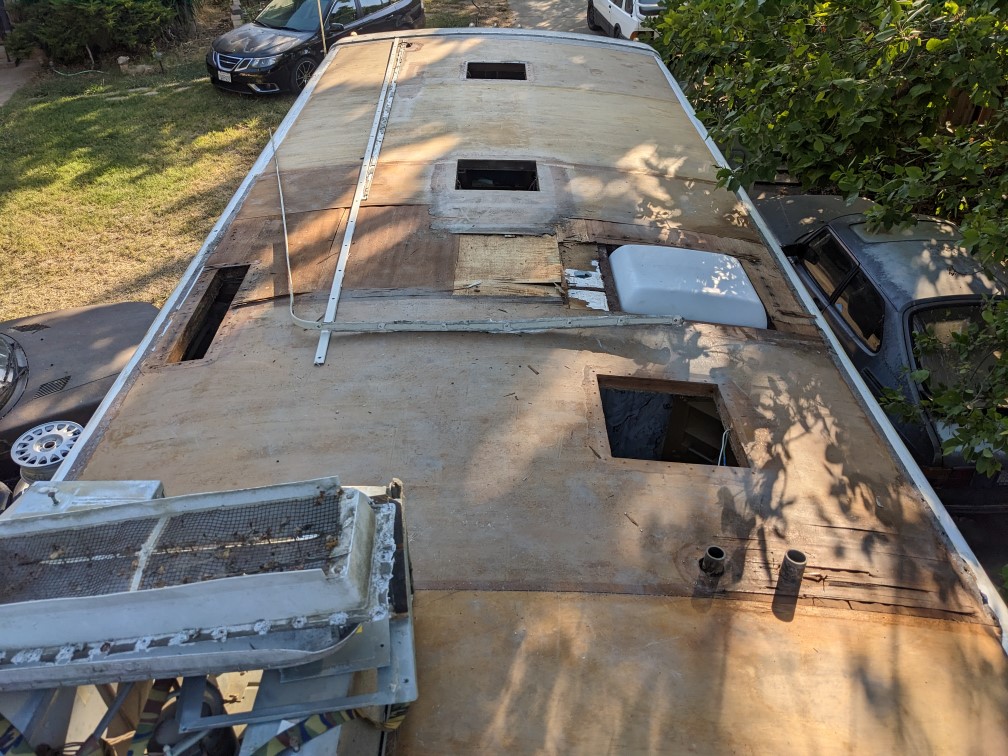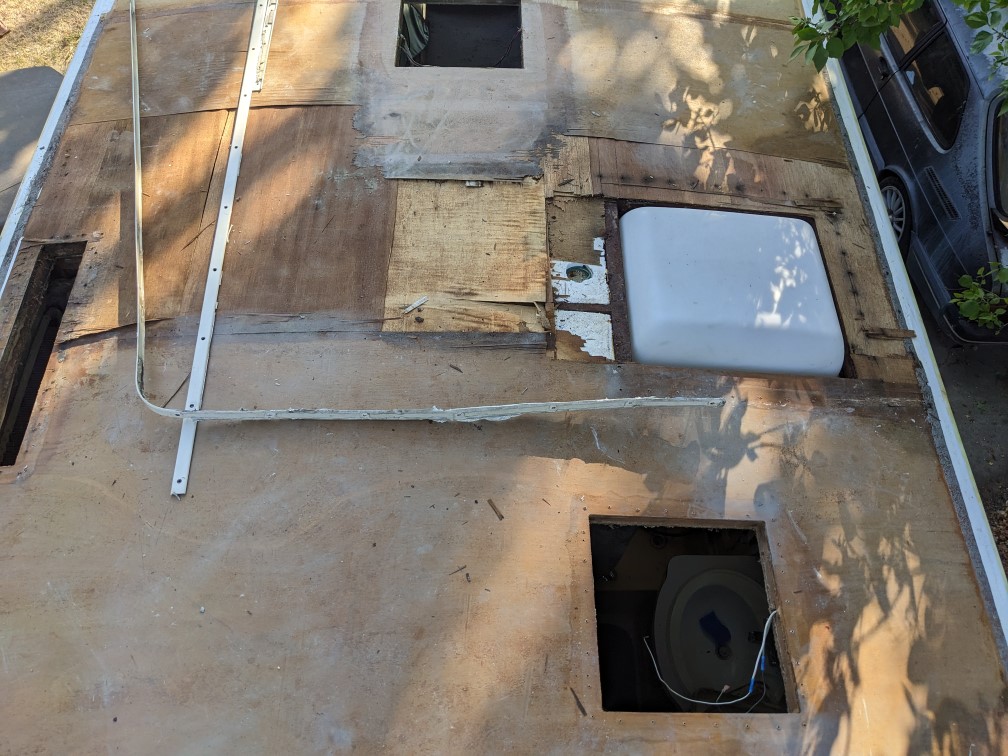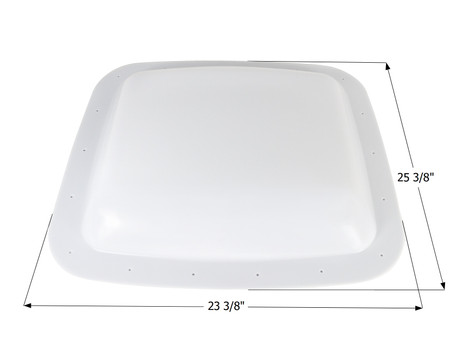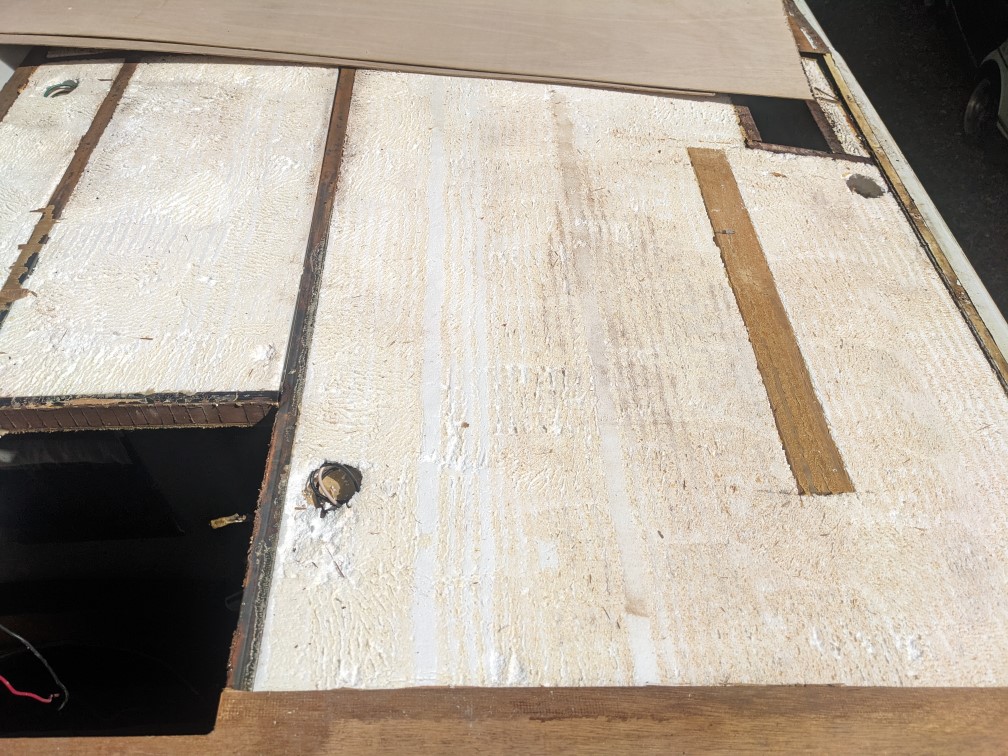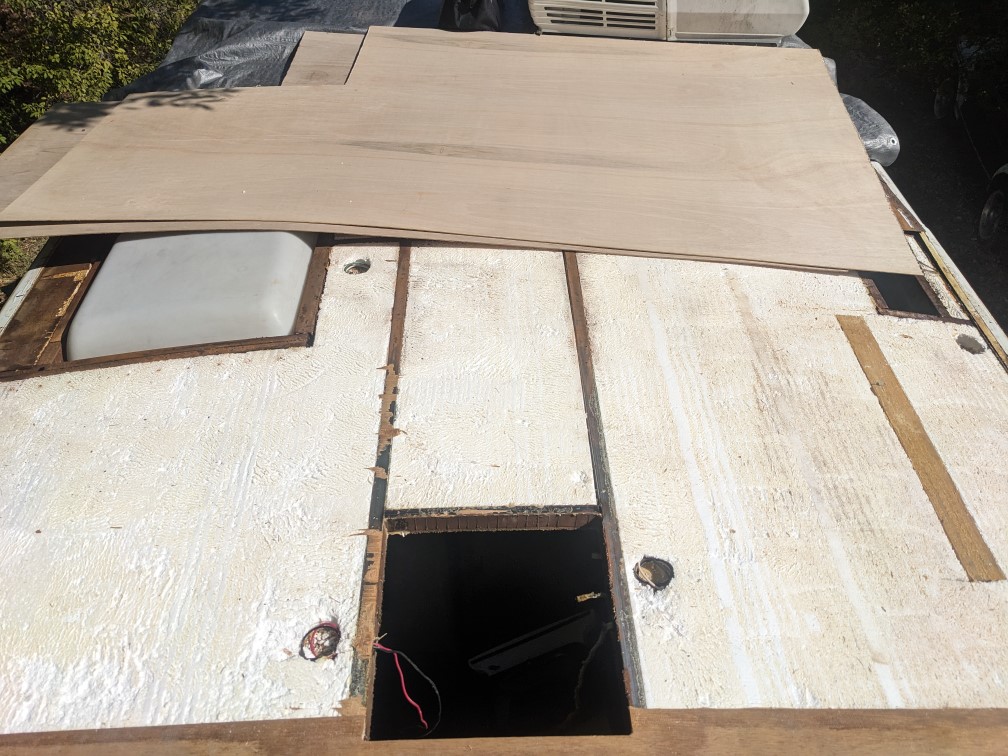thesameguy
Well-known member
- Joined
- Jun 6, 2014
- Posts
- 623
That makes perfect sense, it's what I imagined.
Thanks for the tip about a newer strip - I will look for that. The current one is definitely sealed on, and if something it getting sacrificed it's not going to be the wall of the motorhome. If there's a "replace with newer/better" option I'm all in.
If there's a "replace with newer/better" option I'm all in.
I'm going to get started on teardown this weekend. Goal is to at least get all the fixtures off the roof. Start making a shopping list. I'm intending on replacing the roof vents with something fan-equipped... the bathroom already has one, but the fan itself is joke... 4" or something! Also planning on scrapping the OTA antenna to clear up room for some additional solar. There is room towards the rear for that, but I don't want to install something I might later have to trip over.
I'm sure it will be difficult, but I think it'll be a fun project with a productive outcome.
Thanks for the tip about a newer strip - I will look for that. The current one is definitely sealed on, and if something it getting sacrificed it's not going to be the wall of the motorhome.
I'm going to get started on teardown this weekend. Goal is to at least get all the fixtures off the roof. Start making a shopping list. I'm intending on replacing the roof vents with something fan-equipped... the bathroom already has one, but the fan itself is joke... 4" or something! Also planning on scrapping the OTA antenna to clear up room for some additional solar. There is room towards the rear for that, but I don't want to install something I might later have to trip over.
I'm sure it will be difficult, but I think it'll be a fun project with a productive outcome.

